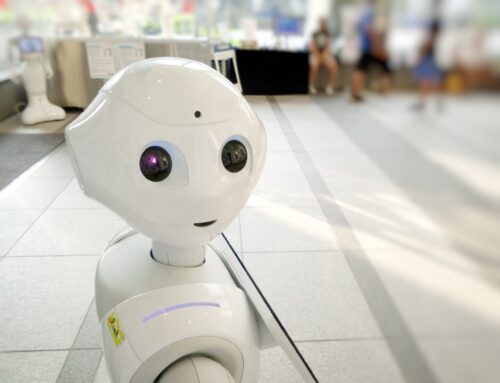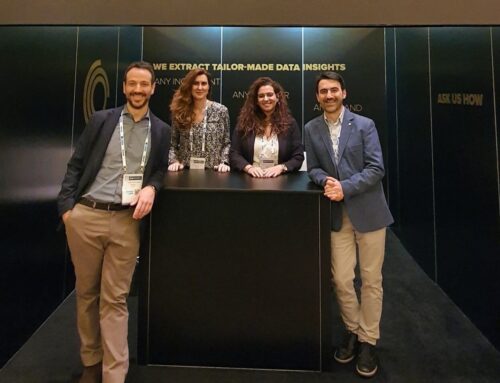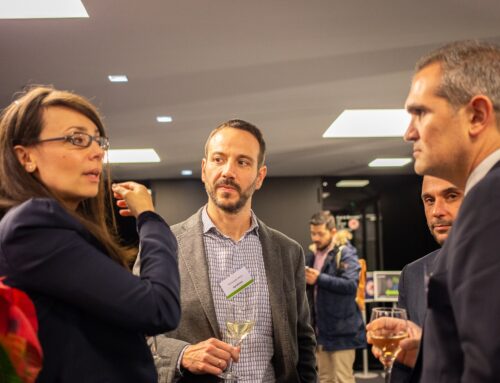I was recently invited by John Keogh from Shantalla Inc., to share my perspective on the challenges and opportunities of the food industry, as part of his 2020 Future of Food – 10X10 CEO Interview Series.
This was an amazing opportunity to discuss with John topics ranging from the importance of using trusted data sources for critical food safety decisions to whether AI algorithms can go wrong.
The video of the interview is published at John’s YouTube channel. Below, I am providing a summary of the main points that we have talked about.
What is the elevator pitch for Agroknow?
We’ve been working on food and agriculture data for more than a decade – forever, we say! We offer a food safety intelligence platform that that scans, collects, translates and enriches food safety data sources to help very large companies monitor, assess and predict risks across their global supply chain.
What do you see as the key opportunities within the food industry today? And how is your company structuring to address those opportunities?
I think that there is an urgent need to take advantage of all the data that is out there, for traceability, provenance or prevention purposes.
This need becomes more urgent because it is difficult for people working at the food industry to actually go out and perform an inspection – of an establishment, a procedure or other.
So, we have to take action based on the information available at hand. But how can we combine this information? How can we connect this information?
This is where opportunity lies for a company like ours. Because that’s exactly what we do.
For example, our platform is scanning, collecting and combining public sector information from all around the world. This is coming in different formats, in different languages, from different sites and data storage facilities.
We already know how to gather all this information, create the links, and develop the necessary decision support and analytics on top of all the data.
Right now, this is what is needed, at a very large scale.
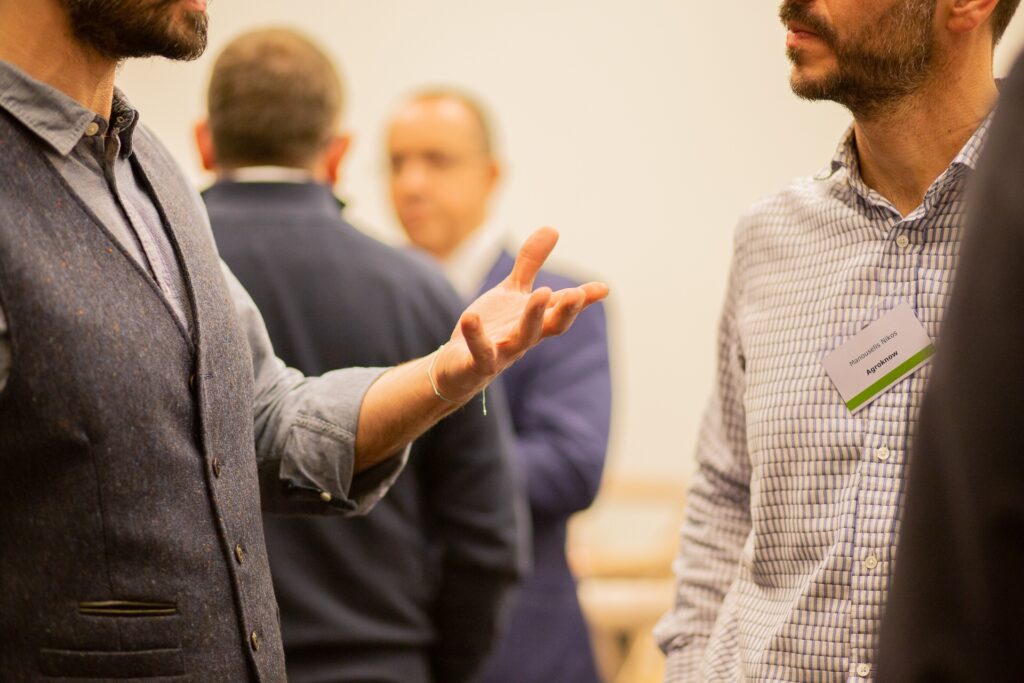
What do you think was holding back the food industry? Did they really need an event like COVID-19 to accelerate digitization? Or was there something else that was holding companies back?
I think that the mission of people working in the supply chain is important, critical and in many cases very urgent. Especially in the areas of food safety, quality and integrity.
Technology has to come as an enabler and needs to be proven. They don’t have time to waste experimenting with shiny, new artifacts.
Sometimes this creates a bit of cautiousness, especially when someone knocks on the door and talks about the amazing new technology that will solve all the problems and make life brilliant.
As this is a highly educated audience – scientists that are based on facts for everything that they do – it is very difficult for them to be easily convinced to use a new piece of technology, especially at a very large scale.
But as in many other sectors, the pandemic has pushed everyone to become more digital and to rapidly and quickly try new things. This would normally take months, or even years.
Moving to the opportunities, I want to ask you about the difference about real time and predictive. Can you give examples of how you see the benefits of today’s real time to predictive analytics, and the benefits for food companies?
Even the step towards real time is an important one. Right now, we are trying to go back, interpret and discover what happened behind an incident. This takes time.
By being able to monitor in real time – e.g. the critical control points in a procedure, what is happening right now at an establishment or manufacturing site, the parameters of something that I want to overlook – I can quickly take decisions right now, when things are happening.
Switching from the historical, response mode to the real time decision making more, is an important step.
When we start looking at prevention, having indicators and hints on what will probably go wrong, with a certain degree of confidence, then we can start taking preventive measures that will cost less than the actual damage.
There is a cost-benefit dimension that also we have to take into consideration, but in many cases even a false signal that will cost in extra preventive measures is better than an incident that will result to brand damage or people dying.

Can you give an example of your technology and practice? I assume that your technology pulls in insights from multiple, trusted and authoritative sources. How important is this?
I see lots of value and merit in having services that are scanning several sources to report what is happening out there and to give quick indications of something that might go wrong. It is OK for me if an indication proves not to be valid, as long as it early warns me about something that might go wrong with e.g. one of my suppliers.
But when someone wants to perform a very thorough risk assessment of their supply chain, to do a risk ranking of their thousands of ingredients or hundreds of suppliers; then, there are critical decisions to be taken, such as:
- “Where should I perform more lab tests?”
- “Where should I be more cautious about potential risks?”
- “Should I switch to another supplier or another region, because there is increased probability that something will go wrong?”
This is where such a decision really needs to be based on information coming from trusted and valid data sources.
So, what we do is that we look at these trusted data sources, we cross-link them, and we enhance the data record e.g. of each product recall with information on its supplier that we find in other databases. That is, we expand the initially found data further, so that we can give a more extensive view of what is happening with a particular supplier or with an ingredient that many suppliers might offer.
This means that, especially when you start to look at an ingredient level, risk assessment can be performed by combining multiple and different data sources. One can do risk assessment based on existing recall data, then put in the mix an analysis of all the inspection results being announced around the world, all the import refusals and border rejections, all the official lab tests that can reveal a trend, etc. There, it becomes very interesting.
This is the approach to take to use trusted information that will help identify emerging hazards and risks. Not the ones that would be typical to expect, but the ones that are very new, very fresh, they appear in some part of the world, and I have to take them into consideration because eventually they might arrive in my supply chain or in my neighborhood.
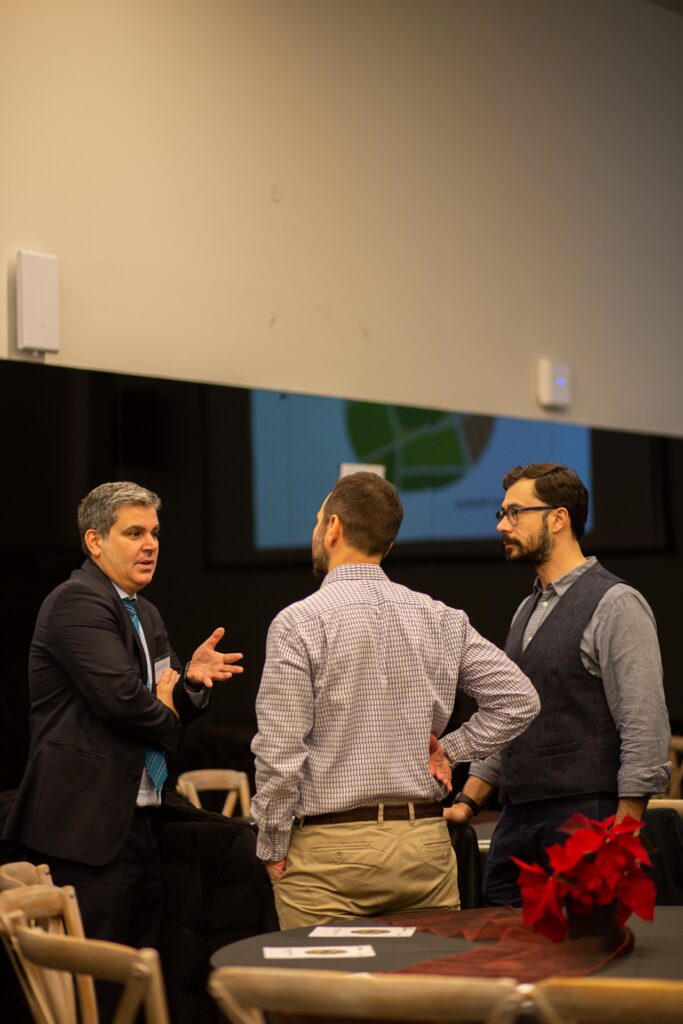
You are suggesting that private companies and even public agencies could move towards a system of even anonymous data sharing, where they are looking at a particular commodity or product to give that early warning system that something has gone wrong over here on the left hand side and may impact someone on the right.
Is that an opportunity for the food world to consider information sharing, especially around public safety and product fraud?
As a matter of fact, there is already a network of companies doing something like this – the Food Industry Intelligence Network (FIIN).
There, about 50 companies are working on a collaboration scheme under which they can be sharing confidential data, in a trusted and anonymized way, putting it in a shared pool and extracting insights relevant and useful to all of them. They have been doing this for some years now, following a quite elaborate and non-automated process.
By investing in technology, by putting automation and tools that help them transform data from their own formats to a common format, by running the analytics algorithms on top of the shared pool, by generating insights that are tailor-made to the roles that they want to serve inside their companies, things are becoming promising.
And they can become even more promising for each company, if they combine such shared, general insights with additional data and insights that they generate in house.
There are multiple benefits that I see from such a data sharing environment, and also multiple ways to take advantage of it.
You’re an algorithm guy. Can algorithms go wrong?
Definitely! This is also the way that they learn.
The algorithms trending nowadays are the ones that can learn as they go. You don’t have to train them and then trust them that they will properly do the job. As they try to predict things and get feedback on which of their predictions are good and which are bad, they become better.
I believe that if we add the human intelligence in the mix, especially in such critical tasks such as the ones that we are discussing about; if we can find ways for the algorithm to interact with the expert, support the decisions of the expert, and learn from the actual decisions of the expert; then even the algorithm can become better in its job.
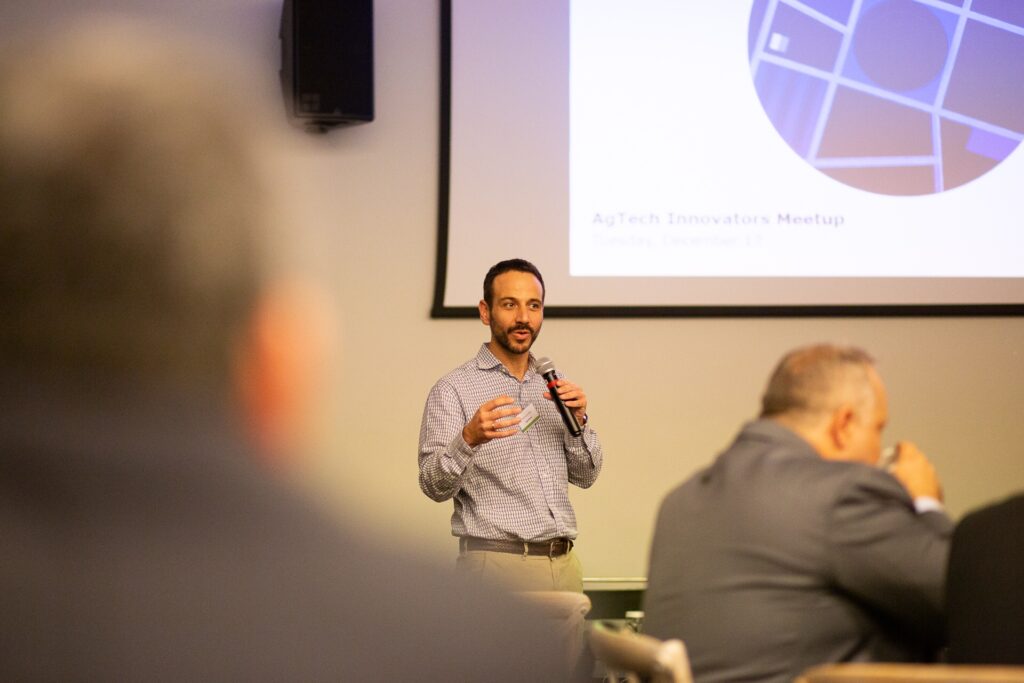
Should there be more transparency in the algorithms?
I think that one of the extremely useful and disruptive innovations that we have seen in the past years, has been that lots of the algorithms that used to be private, closed and commercial secrets, are becoming open source. We see lots of the algorithmic power behind engines like the ones of Google, Facebook and others becoming open source.
This is creating an environment in which, people are saying, predictions are going to become cheaper. It is going to be easer for someone in a technology or non-technology team to grab a couple of algorithms, play with them, and see what is coming as a result.
Still, if the process through which an algorithm is generating options and “taking” a decision becomes more transparent, then the trust that humans have in what the algorithm proposes can become higher. This has been traditionally mentioned in many studies: if I understand how the algorithm works, I can trust it more.
If you were up and in front of 50 food start up CEOs and you had to give them some guidance in technology, what would you tell them?
My advice would be: today, you cannot be competitive in the food sector if you don’t have technology next to you or inside your company. You have to take into serious consideration how you are going to be informed about or how your company can innovate faster, by taking advantage of all the data and technology that is out there.
On the other hand, there is also a danger: technology is a bright and shiny toy that everyone wants to play with. It can also attract you too much – or, if you are a skeptic, it might scare you away. My advice is that technology has to be used in a very calculated manner.

